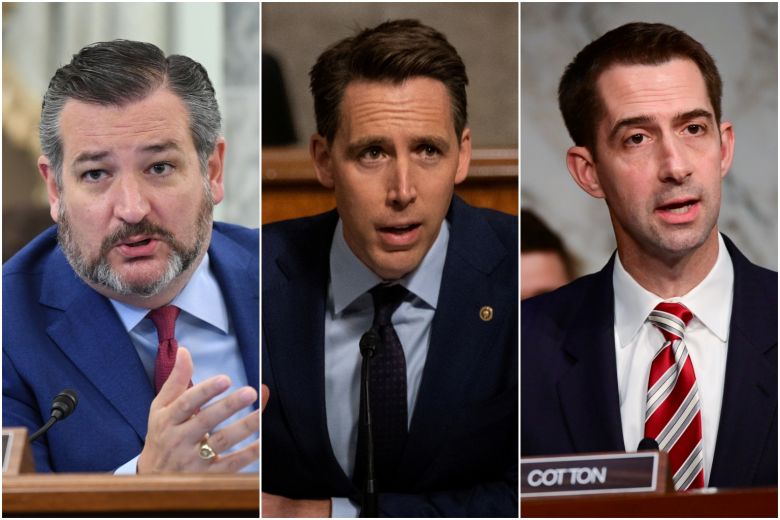According to journalists at the New York Times, the Biden administration began receiving intelligence about Putin’s plan to invade Ukraine back in October. Here was their initial calculation:
The White House acknowledged from the start that its campaign to stop Mr. Putin might not actually prevent Russia from invading Ukraine. But at the very least, White House officials say, Mr. Biden exposed Mr. Putin and his true intentions, which helped unite, at least for now, the at-times fractious NATO alliance.
The administration’s response included three critical decisions:
1. Share intelligence far more broadly with allies than was typical…The idea was to avoid disagreements about tough economic sanctions by ensuring that everyone knew what the United States knew about Mr. Putin’s actions.
2. Publicly release intelligence information aimed at preventing Mr. Putin from employing his usual denials to divide his adversaries.
3. Send Ukraine more weapons, including Javelin anti-tank missiles, and deploy more troops to other countries in Eastern Europe as a show of solidarity with Ukraine and to reassure nervous allies on NATO’s eastern flank.
Number one was especially significant.
European and American intelligence officials said that Mr. Putin initially believed Europe and the United States would remain divided and unwilling to impose strong sanctions, particularly in the defense of Ukraine. He thought that he could build up a significant force and then either attack Ukraine or extract concessions from Kyiv, without much unified opposition from Europe, the officials said.
“According to our assessment, at the end of summer, Putin likely gave instructions to prepare for military options against Ukraine,” said Mikk Marran, the director general of the Estonian Foreign Intelligence Service. “And in autumn 2021, we detected the attitude of President Putin: He felt the West was weak and the issue of Ukraine needed to be fixed.”…
But Mr. Putin’s assessment ended up being a miscalculation, according to American and European officials. As the United States shared more intelligence both with NATO and individual allies, the positions hardened against Russia. The Eastern European intelligence official said that Mr. Putin’s timetable for an attack might well have been pushed back in the face of the unexpected cohesion among the allies.
Number two was based on an awareness of Putin’s pattern of spreading disinformation to confuse the public.
“Our theory has been that putting true information into the public domain, which was bearing out in real time because everybody can see what they’re actually doing, was the best way to prevent the Russians and what they always do, which is to try to control the narrative with disinformation,” a senior administration official recalled recently.
As the authors go on to note, this is why it’s a good idea to elect a president who actually knows what they’re doing.
In some ways, Mr. Biden was distinctly prepared for the moment. Having visited Ukraine a half-dozen times over the last decade, he knows the country better than any other American president…Aides also said Mr. Biden’s long history with Mr. Putin made him less susceptible to the Russian president’s tactics.
In the end, Biden’s initial assessment that these tactics might not be able to prevent Putin from invading Ukraine was accurate. On Monday the Russian president gave a speech that one analyst characterized as going “full Blofeld” (those not familiar with James Bond films can check out the significance of that comparison here).
As a former KGB officer, Vladimir Putin has spent decades crafting an image of being sly and manipulative. But that isn’t what he portrayed in that speech. Here is how his demeanor was described by Tom Nichols:
Putin’s slumped posture and deadened affect led me to suspect that he is not as stable as we would hope. He had the presence not of a confident president, but of a surly adolescent caught in a misadventure, rolling his eyes at the stupid adults who do not understand how cruel the world has been to him…Even discounting Putin’s delivery, the speech was, in many places, simply unhinged.
How does a tyrant, who is accustomed to absolute power, react when his plans are thwarted? He throws the kind of hissy fit we see from “a surly adolescent caught in a misadventure.”
The thing about Putin’s hissy fit of rage is that he exposed his real intentions for all the world to see. A couple of tweets from analysts in real time captured them.
https://twitter.com/matthewtkrause/status/1495838422917074944
Putin is attacking the legitimacy of Ukraine as an independent state.
Period. Full stop. That’s what this crisis has always been about.
— Susan Glasser (@sbg1) February 21, 2022
When Putin ended the speech by recognizing two breakaway regions, Donetsk and Luhansk, the reaction from our allies was swift. The European Union unanimously approved Russian sanctions, with Germany putting a stop to the Russian Nord Stream 2 pipeline. Members of the G7 have also promised to impose sanctions on Russia, along with several Asian allies.
NEW: The Biden admin has support from three Asian partners for severe sanctions and export controls against Russia.
Singapore, Japan, and Taiwan have signed on for restrictive export controls on tech-starved Russia over a further Ukraine invasion.https://t.co/yiU4QSiqJQ
— Jack Detsch (@JackDetsch) February 22, 2022
Even China, a Russian ally, finds itself walking a tightrope.
“China wants to preserve its ties with Moscow, abide by its principles and avoid harming relations with the United States and the European Union,” said Bonnie Glaser, director of the Asia Program at the German Marshall Fund of the United States. “Navigating this crisis may be one of the toughest diplomatic challenges that [Chinese leader] Xi Jinping has had to face.”
The kind of unity Biden has nurtured in response to Russia’s aggression is the “new world order” that Putin despises as a threat to his vision of a return to the Great Power politics of the 19th Century. Those are the two world views battling it out over the situation in Ukraine right now. While the new world order might not be effective in stopping a madman like Putin from invading his neighbor, we can hope that it forestalls a World War III.













